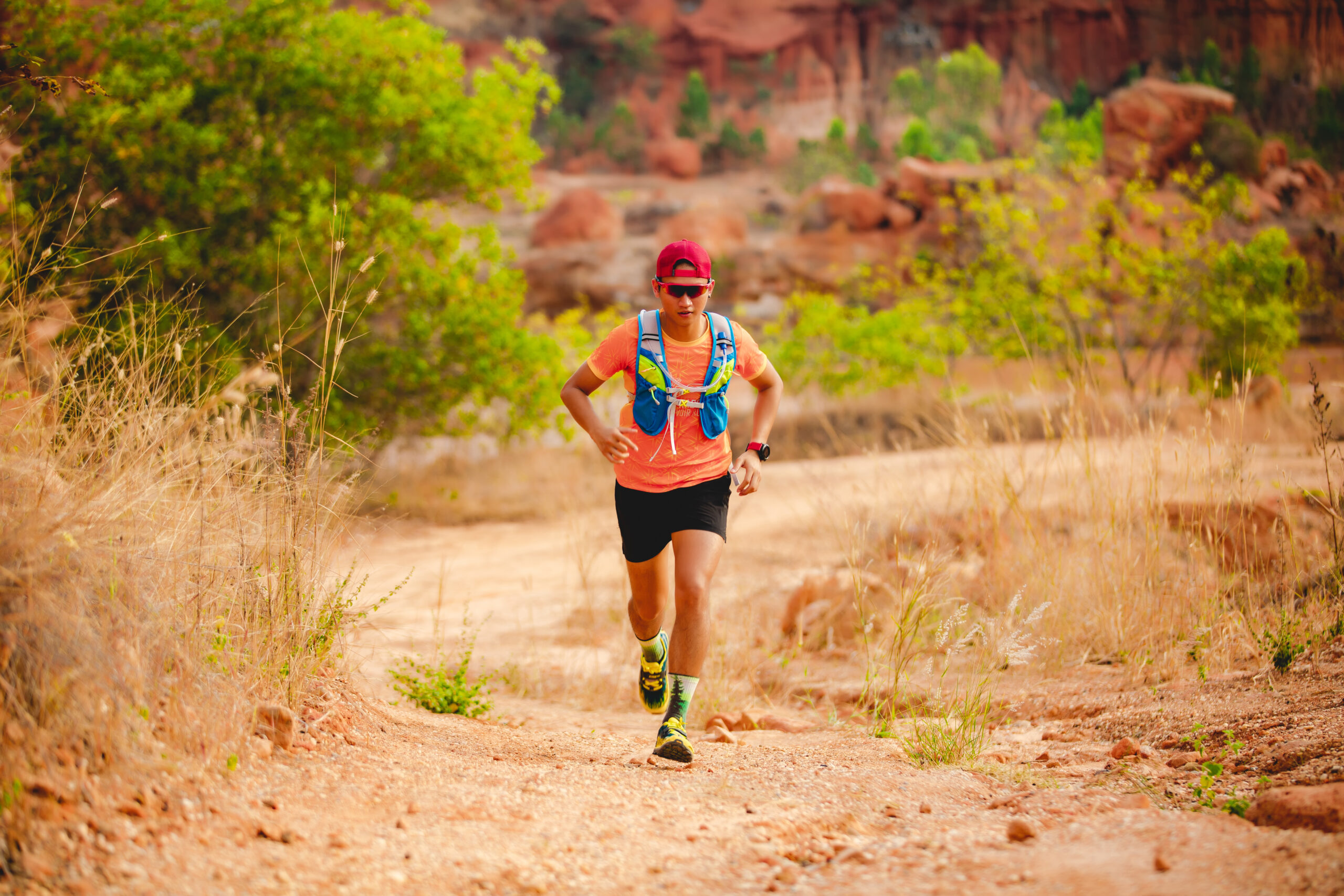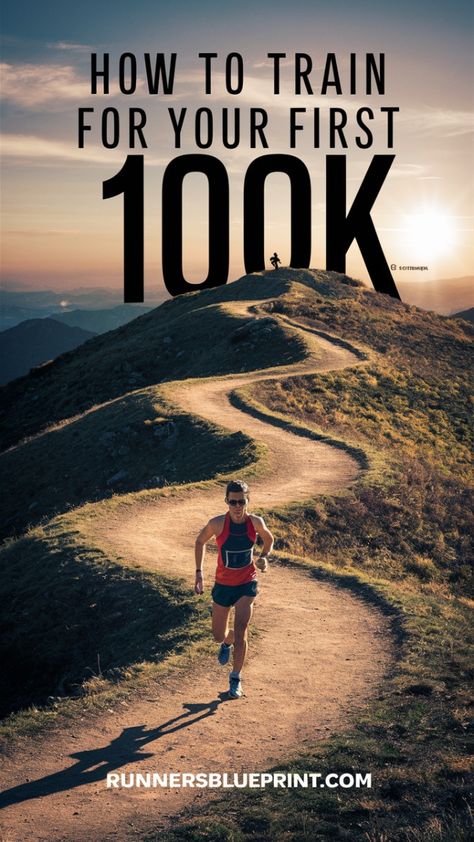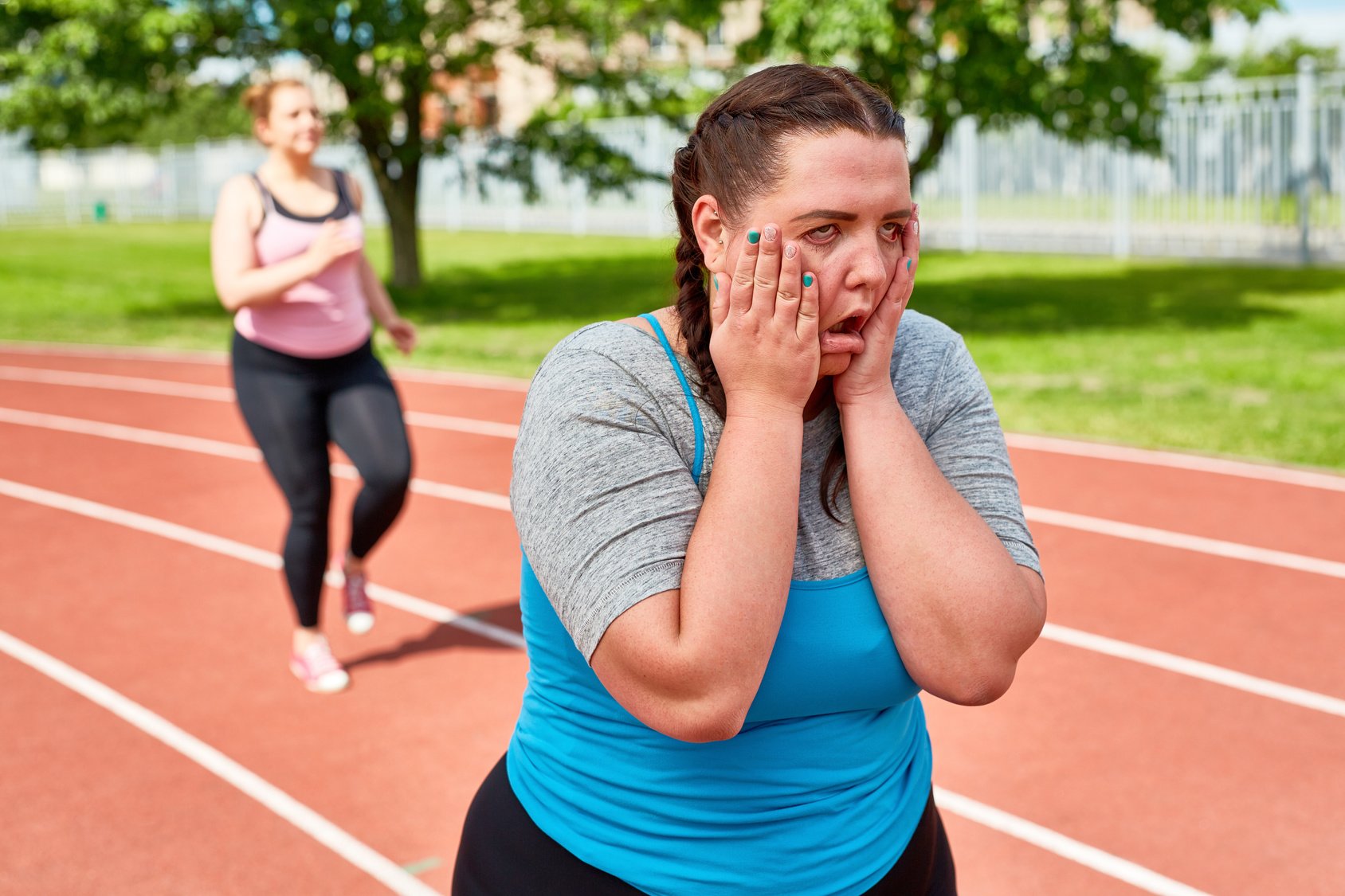Looking to run an 8-minute mile? Then you’ve come to the right place
Whether you’re a complete beginner or training for your first 5K, running an 8-minute mile can improve your performance and pace.
Cruising at such speed may seem insurmountable, but it’s not impossible.
With the right training, commitment and attitude, you’ll be running that eight-minute mile before your know it.
In this article, I’ll dive into how to make your training more effective, prepare your body and mind, and so much more.
More specifically, I’ll look into:
- How fast are 8-minute miles?
- Can everyone run an 8-minute mile?
- The exact pace for an 8-minute mile
- How to set starting point?
- The importance of interval training in improving mile speed
- And so much more.
On your marks?
Ready, set, go!
Why It Matters
Want to run a faster 5K? Then run a faster mile
Want to run a faster 10K? Then run a faster mile.
You get the point. I hate to sound like a broken record.
So whether you’re a 5K, 10K, or even marathon runner, it all goes back to that mile time. It’s the foundation for everything.
How Fast is An 8 Minute Mile?
Running an 8-minute mile equals running a 4:58 kilometer. Or the equivalent of running 7.5 miles per hour—or 12 kilometers per hour.
Want to get a taste of that speed? Hop on the treadmill, set it on 9 MPH, then see how long you can hang on.
The Prerequisite For Running A 8-Minute Mile
So can everyone run an 8-minute mile?
I believe it’s the case.
Although running such a relatively fast mile is a challenge, it’s one that can be achieved by virtually every runner—given time and training, of course.
Don’t expect to be able to run this fast unless you’re already in good shape.
If you want something more challenging, you better check my guide to running a 5-minute mile. That’s a real challenge.
If you already have a solid running base—as in, you have been regular for the past few months—then the 8-minute mile should be within your reach.
Training For an 8-Minute Mile – How Long it Should Take?
The answer hinges on your starting point and fitness levels.
If you’re committed to this goal and are training three to four times a week, you should easily achieve it within 8 to 12 weeks.
Keep in mind that an 8-minute mile is quite an achievement. It’s something that can happen overnight. But, if you persevere, you’ll be able to run a mile in eight minutes—or even faster.
Like anything else, consistency takes us to the finish line. Therefore, if you’re serious about running an 8-minute mile, then you have to get your game—both inner and outer—in order. The rest is just details.
Note – Here’s the full guide to the average time to run a mile.
How to Run an 8 Minute Mile
Without further ado, here are the guidelines you need to run a mile in 8 minutes or faster.
Do A Time Trail
Whether you’re looking to run a faster mile or a sub-20 minute 5K, you’ll need to know exactly where you are currently.
That’s why, before you take any further steps, make sure to determine your current mile time. Establish your mile baseline time.
The rest is just detail.
Maybe you’re a few seconds away or minutes. It doesn’t matter. At least now you know what you’re working with.
Just keep in mind that it’s easier to go from a 10-minute to eight than to go from a 12-minute to eight. So the further you’re from your goal, the more time it will take.
Here’s how.
After a thorough 10 to 15 minutes warm-up, run a mile on a flat track and record your time. One mile is the equivalent of four laps on most standard outdoor tracks. (Learn more how many laps is a mile around a track here)
Once you complete your baseline test, you’ll e set and ready for what’s next.
Additional Resource – Here’s how to run faster
Interval Training For an 8-minute mile
You don’t just need to work hard—you also need to work smarter. Intervals are one way to work smarter.
By far, the most efficient way to improve your mile speed is to do high-intensity interval running. As a runner, adding speedwork to your training plan can help you improve your overall athletic performance—not just for the mile but for everything else.
One example is to run a few 200-meter sprints—half a lap—or 400-meter sprint—one lap—on a track with a short break in between each effort.
The session is simple. All you have to do is start with a 10-15 minute warm-up, run a hard 200-meter, walk for 200-meter, then repeat for 15 to 20 minutes. Easy peasy.
Finish the workout with a 10-minute slow jog as a cool down.
Build Your Endurance
Speed is one piece of the puzzle. You also need to build your endurance.
Although one mile is relatively short, running an 8-minute mile can test your mettle.
You should incorporate at least one long run into your weekly plan. This should improve your overall conditioning, which allows you to run further and faster.
In other words, to run a faster mile, you’ll have to get good at running longer than a mile.
But why it’s the case?
Running slow and long has improved aerobic endurance and efficiency—keys for running a faster mile. This type of training can also enhance the mitochondrial density in your muscle cells—the energy-producing cells in your muscles.
The best way to increase your running distance is to do it slowly and gradually. I’d recommend following the 10 percent rule, in which you increase weekly mileage by no more than 10 percent from one week to the next.
To get the most out of your long runs, shoot for at least running between 4 to 7 miles a session once a week.
Just make sure to get there slowly and gradually. For instance, if your current “longest” run of the week is 4 miles, and your total weekly mileage is 11 miles, add roughly one mile per week until your long run is around 7-8 miles.
Add Hill Training
Hitting the hills can make you stronger and improve your running efficiency.
Sure, hills are hell, but they’re a necessary evil—especially if you’re serious about running your best.
Also known as incline training, hill training can help boost your lactate threshold, which is key for improving your mile time.
To do hill reps, begin by warming up for ten to 15 minutes of easy running on a flat surface.
Running outdoors? Find a hill with a decent incline but not too steep. The hill should extend for about 100 to 200 meters.
Run up the hill at your 5K effort pace—or a little bit faster. Make sure to push yourself hard up the hill, but keep good form the entire time.
Aim to keep a consistent pace and effort.
Once you reach the top, turn around and recover by jogging or walking down the hill.
Start with five reps, then work your way up to completing ten with good form.
Improve Your Form
Another measure to help you improve your mile speed is to pay attention to your running form. This is especially the case if you’ve been doing your due diligence—doing intervals, long runs, hills, and staying consistent—but nothing is working.
Yes, it’s time to look at your technique.
It should come as no surprise, but good running technique can make your running easier, which allows you to run further faster and avoid injuries.
The best time to work on improving your running form is during long runs, so it can serve you well as you speed up.
Here’s what to pay attention to.
- Gaze ahead. Keep your eyes looking ahead of you. Looking up or down can place stress on your neck and back.
- Run tall. Keep your back straight, core engaged, and shoulders relaxed.
- Avoid landing on your heels—instead, land on the ball or midfoot of your foot.
- Your elbows. Bend your elbows at a 90-degrees angle and keep swinging them back and forth—no side to side or across your chest.
- Run quietly. Your feet should hit the ground around your midfoot and roll onto your toes.
- Land directly under your center of mass and feel light and springy.
For more on proper running form, check the following guidelines
Be Consistent
At the end of the day, whether you’re looking to improve your mile speed or bench press, what will you set you apart from everyone else is how committed you’re to training.
Sure, the training guidelines I shared today can help improve your performance, but if you don’t develop a consistent and reliable training schedule, you won’t make it far down the road.
That’s why, if you’re serious about running an 8-minute mile or faster, the most important thing you can do is to train consistently.
I’d recommend following a running program, whether you follow a generic online plan or have designed it by a coach, and include four to five days of running each week to improve your endurance, stamina, and speed.
Logging the mile only when you have the time and desire isn’t the best way to pursue your goals.
You must keep your training as regular as possible so that your body can adapt to the stresses of running farther and faster. Do this for a few months, and before you know it, you’ll be able to run an 8-minute mile or even faster.
Additional readings:
- What is the average time to run a mile?
- Pacing Strategy In One-mile World Records
- The Effects of Mental Pacing on the Mile Run
- Are 8-Minute Intervals Uniquely Effective?
- What Breaking the 4-Minute Mile Taught Us About the Limits of Conventional Thinking
How To Run An 8-Minute Mile? – The Conclusion
There you have it! If you’re serious about running an 8-minute mile then today’s post has you covered. The rest is just details.
Please feel free to leave your comments and questions below.
In the meantime thank you for dropping by.
Keep training strong.













